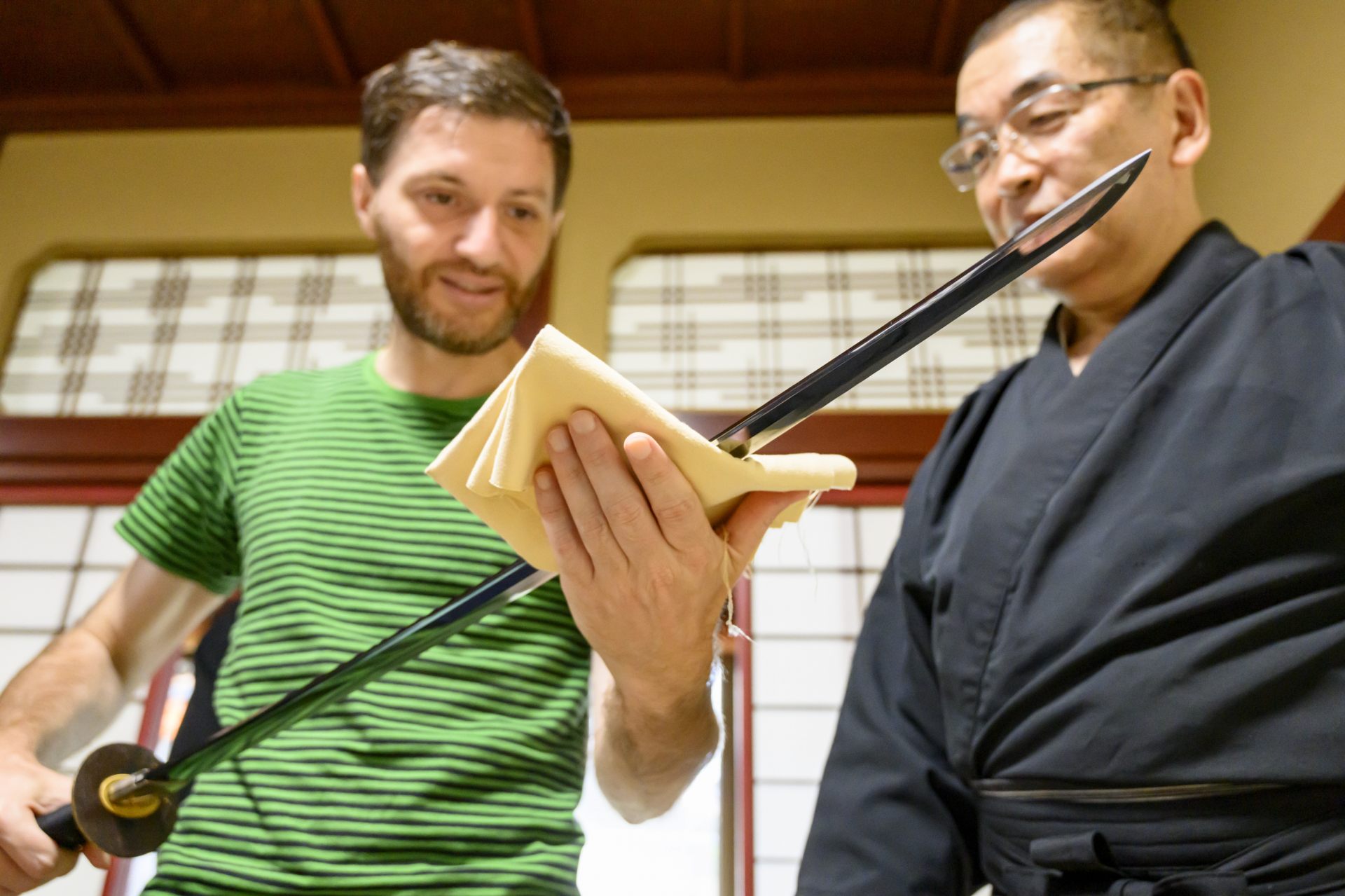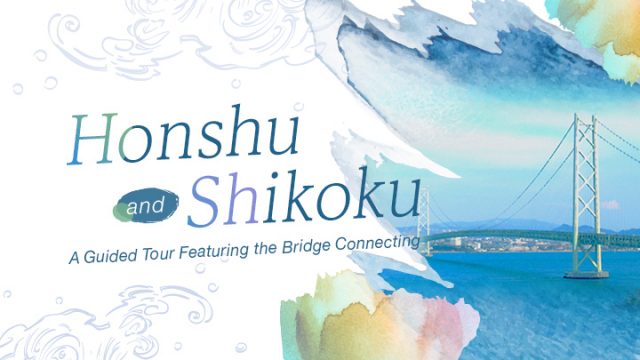Beloved for their dignified beauty, Japanese swords have garnered many fans worldwide.
Various famous swords are exhibited at museums and art galleries, but the "Shijimaya-Honpo" experience program allows visitors to hold a sword and really appreciate it by feeling its weight in their hands.
Mr. Masahisa Shijimaya, president of Shijimaya Honpo, founded in 1875, is originally a samurai descendant. The Japanese sword, known as the "spirit of the samurai" in samurai society, became a symbol of samurai status in the Edo period when it was rarely used as an actual weapon. Many Japanese swords have been kept as family heirlooms in the storehouse of the Shijimaya-Honpo for a long time, and visitors can appreciate various Japanese swords from different eras in this hands-on program.
The sword inscribed "Noshu Sekiju Kanemoto" is about 500 years old. "Kanemoto" is a renowned Japanese swordsmith.
In addition, you can also see the Hitofuri (hitofuri; meaning a single sword) that was worn by Masahisa Shijimaya's ancestor, who the Kaga Clan sent to guard the Kyoto Imperial Palace during the historic "Kinmon-No-Hen Incident" at the end of the Edo period, and a "Futokoro-gatana (women’s dagger)" that his grandmother brought as a bride's tool.
The Japanese swords that can be seen in this hands-on experience program are not only weapons but also works of art. There are many points of appreciation for Japanese swords, such as "the Sugata (apperance)”, the "Hamon (temper pattern of blade)”, and the "Jigane (ground metal of the sword)”, but one more thing should be added to the list: the Toso(koshirae : Sword mountings). The Kaga Clan, which heavily protected crafts, applied the metalworking technique of "Kaga zogan" or Maki-e to "Tsuka(hilt)" or "Tsuba(handguard)" and other parts of the sword.
Mr. Masahisa Shijimaya is a 2nd dan in Iaido, which is said to have developed from swordsmanship created in the late Muromachi period of the 16th century. After viewing the Japanese sword, visitors will observe a powerful demonstration of Iaido. Visitors can also wear authentic Iaido garb for a special photo op’.
Highlights
-
In the storehouse of Shijimaya-Honpo, many Japanese swords have been carefully preserved for a long time. Visitors can appreciate a variety of swords from different periods in history in this hands-on experience program.
-
A Futokoro-gatana(dagger) is a work of art with its handle decorated with "Maki-e" (gold lacquer).
-
After viewing the swords, visitors can watch a powerful demonstration of Iaido. Afterwards, there is a chance to take a photo while wearing the authentic Iaido garb.


























